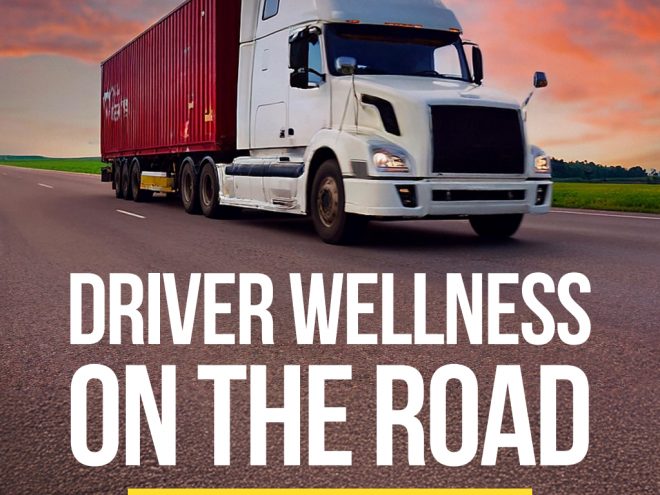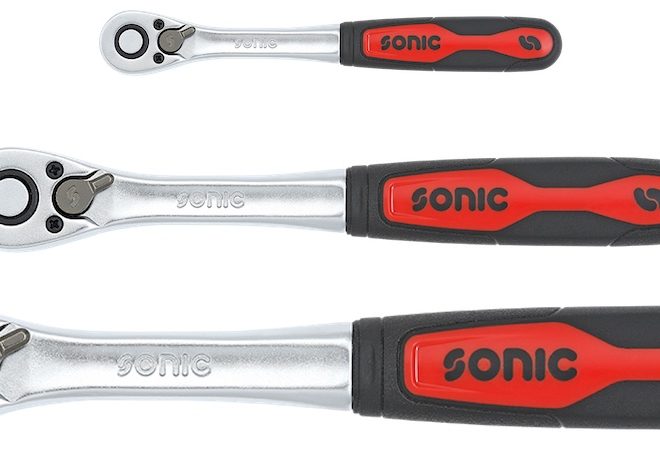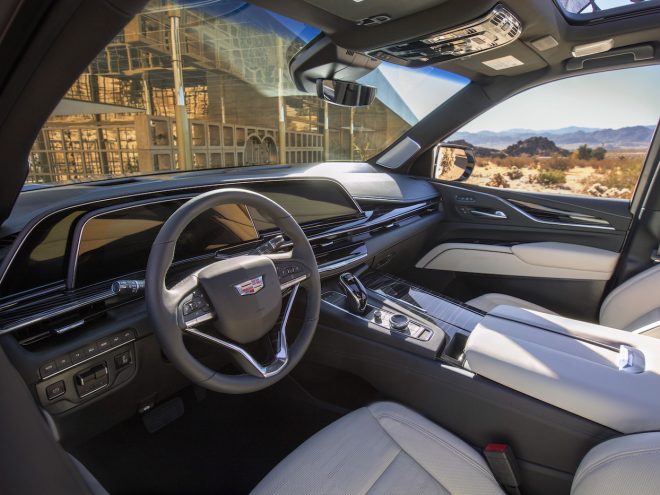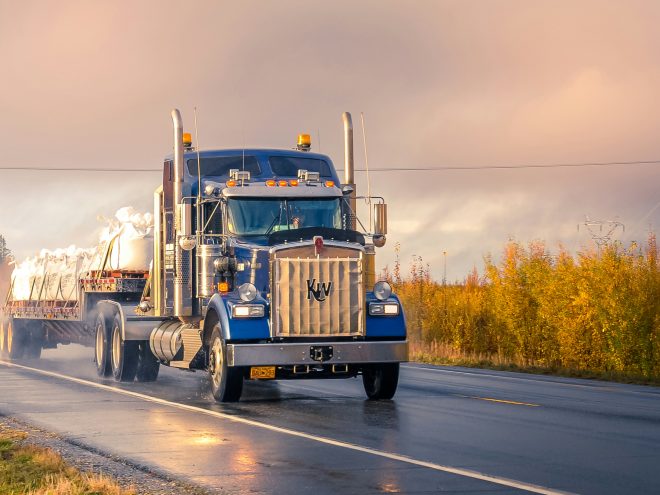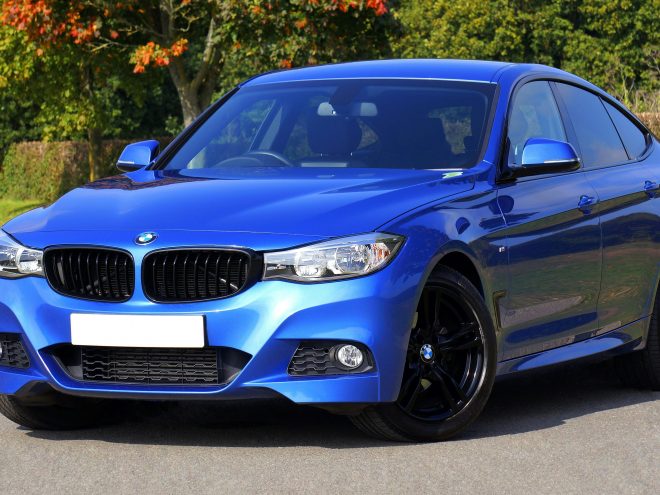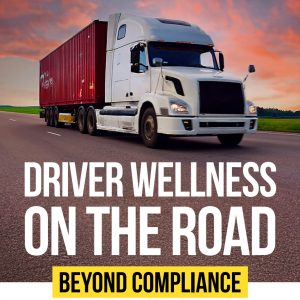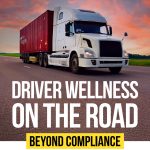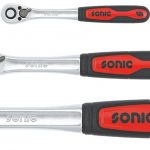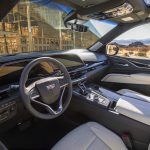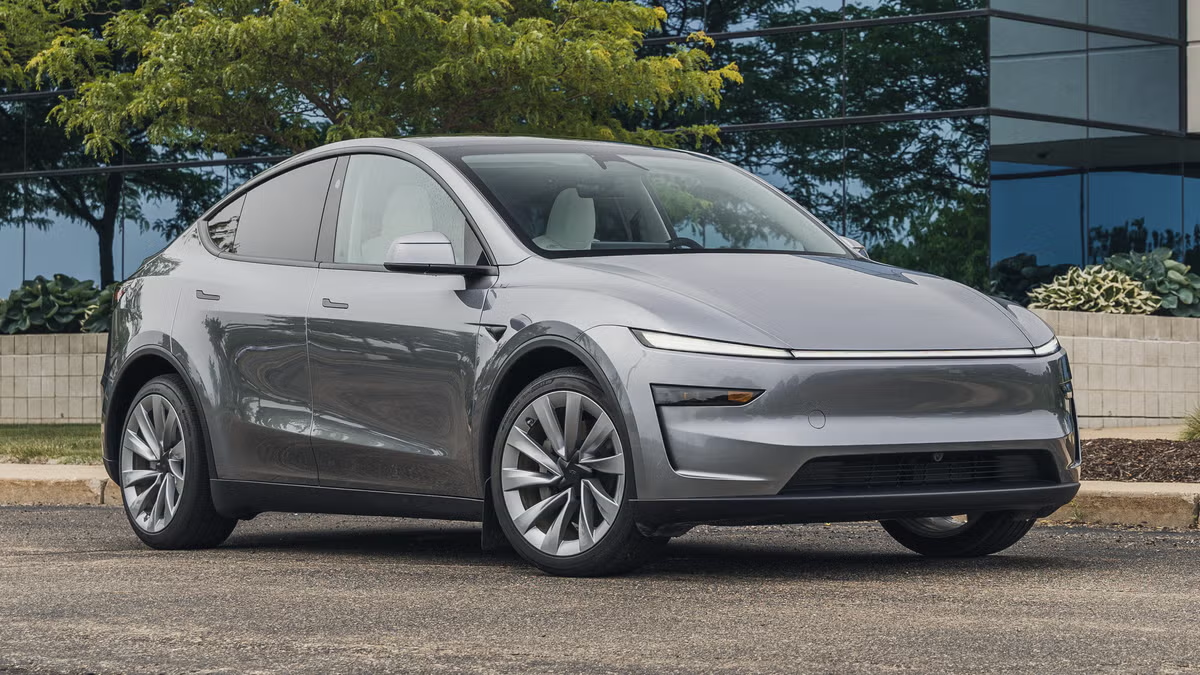
Brand Perception vs Driver Behavior: Why Tesla Has So Many At-Fault Incidents
Key Takeaways
- Tesla drivers have the highest accident rate at 23.54-26.67 incidents per 1,000 drivers, largely due to overconfidence from brand perception
- Tesla’s marketing of “Autopilot” and “Full Self-Driving” creates dangerous misconceptions about vehicle autonomy capabilities
- Performance-focused brand image attracts aggressive drivers who exploit Tesla’s instant acceleration and high-tech features
- Driver over-reliance on semi-autonomous systems leads to decreased attention and slower emergency response times
- The gap between Tesla’s safety marketing and actual driver assistance limitations contributes to 51 reported Autopilot-related fatalities
Tesla vehicles dominate crash statistics in ways that reveal troubling patterns about how brand perception influences driver behavior. Recent data shows tesla drivers experience the highest accident rates among all car brands, with 23.54 to 26.67 incidents per 1,000 drivers. This phenomenon extends beyond simple vehicle safety into complex psychological territory where marketing messages, technological expectations, and human behavior intersect dangerously.
For a more detailed technical analysis of advanced driver-assistance system reliability and testing standards, refer to automotive safety evaluation frameworks.
The relationship between Tesla’s revolutionary brand image and elevated crash rates represents more than statistical coincidence. Evidence suggests that tesla claims about cutting edge technology and self driving capabilities create a dangerous gap between driver expectations and actual vehicle limitations. Understanding why Tesla has so many at-fault incidents requires examining both the company’s marketing strategies and the psychological responses they trigger in drivers.
John Fuller, a seasoned car crash attorney in Denver, emphasizes that “the combination of Tesla’s aggressive marketing and the drivers’ overreliance on autopilot technology often leads to tragic outcomes. Drivers must make informed decisions and remain vigilant, as technology is not infallible and cannot replace responsible driving behavior.” His insight highlights the critical need for awareness and caution despite the allure of advanced vehicle features.
The Tesla Brand Perception Problem
Tesla’s brand identity fundamentally differs from traditional automakers through its positioning as a technology company rather than a car manufacturer. This distinction shapes consumer expectations in profound ways that influence driver behavior behind the wheel.
The company’s marketing consistently emphasizes revolutionary innovation and futuristic capabilities. Terms like “cutting edge technology” and “most advanced vehicle” permeate Tesla communications, creating an atmosphere where owners believe they possess superior safety technology compared to other vehicles.
Early adopter mentality among Tesla buyers amplifies these perceptions. Research indicates that Tesla customers typically embrace new technology earlier than average consumers, often with higher risk tolerance. This demographic characteristic correlates with increased willingness to test system limits and reduced caution in uncertain situations.
Traditional automaker safety standards emphasize conservative messaging about driver assistance limitations. Tesla’s approach contrasts sharply by promoting capabilities that suggest near-autonomous operation, despite technical reality remaining at SAE Level 2 automation requiring constant human supervision.
The psychological impact extends beyond individual drivers to broader cultural perceptions. Tesla ownership often signals technological sophistication and environmental consciousness, creating additional pressure to demonstrate confidence in the vehicle’s advanced features.
How Marketing Language Shapes Driver Overconfidence
Tesla’s terminology choices significantly influence how drivers perceive and interact with vehicle systems. The “Autopilot” designation suggests aviation-level automation, while “Full Self-Driving” implies complete autonomy despite neither system achieving true self-driving capability.
Analysis of Elon Musk’s social media statements reveals consistent overstatement of current capabilities versus engineering reality. Promises of imminent full autonomy have persisted for years while actual system performance remains limited to highway driving assistance with mandatory human oversight.
Legal challenges have emerged claiming Tesla misled drivers about autonomous capabilities. Multiple lawsuits document cases where marketing language contradicted the fine print disclaimers buried in technical documentation.
Other manufacturers employ more conservative language for comparable systems. GM’s “Super Cruise” and Ford’s “BlueCruise” explicitly communicate driver assistance rather than replacement, resulting in more appropriate user expectations and behaviors.
The gap between marketing promise and technical delivery creates dangerous overconfidence. Drivers expecting near-autonomous performance may reduce attention levels appropriate for the actual Level 2 system limitations.
The Autonomous Driving Misconception
The “Autopilot” terminology creates false security by borrowing from aviation contexts where autopilot systems operate in controlled environments with professional pilots. Road environments present vastly more complex and unpredictable scenarios requiring constant human judgment.
NHTSA findings reveal Tesla’s driver engagement monitoring system lacks effectiveness compared to other manufacturers. The system allows drivers to defeat attention requirements through simple steering wheel pressure, enabling dangerous inattention periods.
Statistical analysis shows drivers had five or more seconds to react in 59 documented crashes but failed to intervene. This pattern suggests overreliance on automated systems and degraded situational awareness among tesla drivers.
Real-world examples demonstrate treatment of Level 2 systems as full autonomy. Documented cases include drivers sleeping, reading, or engaging in other activities while Autopilot operated, behaviors incompatible with required supervision levels.
The misconception extends to emergency situations where drivers expect the system to handle complex scenarios beyond its capabilities. When systems fail to respond appropriately, driver reaction times prove insufficient due to reduced alertness and situation awareness.
Performance Culture and Aggressive Driving Patterns
Tesla’s performance-focused brand attracts drivers seeking speed and acceleration capabilities. The instant torque delivery from electric vehicles enables rapid acceleration that can catch drivers unprepared for the vehicle’s response characteristics.
Data analysis reveals tesla vehicles frequently appear in speeding violation statistics at rates exceeding other luxury vehicle brands. The silent operation and smooth acceleration can mask actual speed, leading to unintentional speeding incidents.
The “overtapping” phenomenon occurs when drivers underestimate acceleration response in Tesla vehicles. Traditional vehicles require gradual throttle application, while electric vehicles deliver maximum torque instantly, potentially causing unexpected acceleration beyond driver intentions.
Performance marketing emphasizes capabilities like 0-60 mph acceleration times and track mode features. These messages attract performance-oriented drivers who may prioritize speed over safety considerations in daily driving situations.
Social media culture surrounding Tesla ownership often celebrates aggressive driving behaviors and system limit testing. Online forums frequently share videos of high-speed driving and Autopilot stunts, normalizing risky behaviors among the community.
The “Early Adopter” Risk Profile
Psychological research identifies early technology adopters as having higher risk tolerance and greater confidence in new systems. Tesla buyers typically exhibit these characteristics, translating to more aggressive driving patterns and increased willingness to push system boundaries.
The correlation between technology adoption patterns and driving behavior shows early adopters more likely to engage in distracted driving while testing new features. This behavior pattern increases accident risk during the learning phase with new vehicle systems.
Innovation enthusiasm often translates to overconfidence behind the wheel. Drivers excited about new technology may assume superior capabilities without fully understanding limitations or developing appropriate usage habits.
Comparison studies show Tesla drivers have higher accident rates than other luxury vehicle drivers with similar demographics and income levels. This suggests brand-specific factors rather than general socioeconomic patterns drive the elevated incident rates.
The combination of performance orientation and technology enthusiasm creates a unique risk profile where drivers may simultaneously push vehicle performance limits while overrelying on safety systems.
Statistical Evidence of At-Fault Incident Patterns
Comprehensive analysis reveals Tesla drivers experience 23.54 to 26.67 accidents per 1,000 drivers, significantly exceeding industry averages. This rate surpasses even high-performance brands like Ram (23.15) and approaches Subaru’s rate (22.89) despite Tesla’s premium pricing and advanced safety features.
Documentation shows 736 Autopilot-related crashes since 2019, including 17 confirmed fatalities. These incidents demonstrate patterns of driver inattention, system limitation encounters, and inappropriate reliance on automated features.
Tesla’s fatal crash rate reaches 5.6 per billion miles driven compared to the national average of 2.8 per billion miles. This disparity persists despite Tesla’s claims of superior safety performance and advanced protective systems.
California leads in ADAS crashes nationwide, with Tesla vehicles involved in 273 of 392 reported incidents during a ten-month NHTSA study period. This concentration reflects both higher Tesla adoption rates and more aggressive system usage patterns in that state.
Insurance data shows tesla crashes often involve higher speeds and more severe injuries compared to similar luxury vehicles. The combination of performance capabilities and driver overconfidence creates particularly dangerous accident scenarios.
Technology-Related Incident Analysis
Analysis of 450+ accidents involving autopilot misuse in 2022 alone reveals consistent patterns of inappropriate system reliance. Common factors include distracted driving, failure to maintain proper supervision, and attempts to use Autopilot outside intended operational domains.
Documentation of 51 confirmed Autopilot-related fatalities through October 2024 shows recurring failure modes in Tesla’s driver assistance systems. Critical situations involving stopped vehicles, motorcycles, and unexpected obstacles frequently overwhelm system capabilities.
Specific failure patterns include inability to detect stationary objects, difficulty recognizing motorcycles in complex traffic situations, and inadequate response to construction zones or emergency vehicles. These limitations remain poorly understood by many drivers despite Tesla’s warnings.
Comparison between Autopilot-engaged and manual driving modes shows different accident characteristics. Autopilot crashes often involve rear-end collisions with stationary objects, while manual crashes show more diverse patterns typical of human error scenarios.
The accident data reveals geographic clustering in areas with high Tesla adoption, suggesting cultural and social factors influence system usage patterns beyond individual driver characteristics.

The Psychology Behind Tesla Driver Behavior
Cognitive biases significantly affect Tesla driver behavior patterns. The overconfidence effect leads drivers to overestimate their ability to monitor and intervene with automated systems, while automation bias creates excessive trust in technological solutions.
Brand loyalty influences risk perception in measurable ways. Tesla owners often demonstrate stronger emotional attachment to their vehicles compared to other brands, potentially compromising objective safety assessments.
“Moral licensing” emerges where drivers feel entitled to take risks due to perceived safety features. The belief that advanced technology provides protection can lead to more aggressive driving behaviors and reduced caution.
Research on technology interfaces shows that Tesla’s large touchscreen and simplified controls can increase cognitive load during critical driving situations. The interface design prioritizes aesthetic appeal over traditional automotive ergonomic principles.
Attention degradation occurs predictably when using semi-autonomous systems. Clinical studies demonstrate measurable decreases in situational awareness and reaction readiness during extended periods of automated driving assistance.
Overreliance on Driver Assistance Systems
Clinical studies document attention degradation when using semi-autonomous systems over extended periods. Drivers show measurable decreases in scan patterns, reduced mirror checking, and slower hazard recognition compared to manual driving conditions.
Tesla’s marketing creates “automation complacency” where drivers gradually reduce supervision levels as familiarity with the system increases. This behavioral adaptation directly contradicts the constant attention requirements for Level 2 automation.
Documented incidents show drivers failing to maintain proper supervision during Autopilot operation. Common behaviors include reading, texting, sleeping, and engaging in other activities incompatible with required monitoring responsibilities.
Aviation industry research on automation and human factors demonstrates that even professional pilots experience attention degradation with autopilot systems. The automotive environment presents additional challenges due to less controlled conditions and varied driver training levels.
The psychological transition from active driving to passive monitoring proves difficult for human cognition. Sustained vigilance during automated operation requires more mental effort than active driving, leading to fatigue and inattention over time.
Brand Image vs Safety Reality
Tesla’s safety claims often focus on crash test ratings and theoretical capabilities rather than real-world performance statistics. The company consistently promotes messages about building the “safest vehicles ever” while actual crash data suggests more complex safety outcomes.
The disconnect between crash test performance and real-world accident rates reveals limitations in laboratory-based safety evaluations. Controlled testing environments cannot replicate the complex interactions between technology, driver behavior, and traffic conditions.
Insurance claim patterns show Tesla vehicles often require more expensive repairs and longer replacement times compared to other vehicles. The specialized parts, complex electronics, and aluminum construction contribute to higher overall incident costs.
Advanced safety features like automatic emergency braking show effectiveness in specific scenarios but cannot compensate for fundamental driver behavior issues. The technology provides valuable backup protection but cannot replace appropriate driver attention and decision-making.
Tesla’s communication strategy emphasizes technological solutions while downplaying human factors considerations. This approach contrasts with traditional automotive safety philosophy that recognizes human behavior as the primary crash factor requiring management rather than replacement.
Industry Response and Regulatory Actions
NHTSA investigations into Tesla’s driver assistance systems have intensified following numerous high-profile crashes. The agency’s focus on Autopilot performance and driver monitoring capabilities reflects growing concern about system limitations and user behavior patterns.
The 2023 recall affecting over 2 million Tesla vehicles addressed inadequate driver engagement monitoring in Autopilot systems. This action represents the largest automotive recall related to driver assistance technology and acknowledges fundamental design issues.
Ongoing legal challenges question Tesla’s marketing practices and their relationship to crash causation. Multiple cases seek to establish liability connections between promotional messaging and driver behavior leading to accidents.
European regulatory approaches demonstrate more conservative attitudes toward autonomous vehicle marketing. EU guidelines require clearer communication about system limitations and mandate more robust driver monitoring systems compared to current US standards.
The regulatory response reflects broader industry recognition that technology alone cannot solve traffic safety problems without addressing human factors and behavioral considerations. Future regulations will likely emphasize user education and appropriate system design.
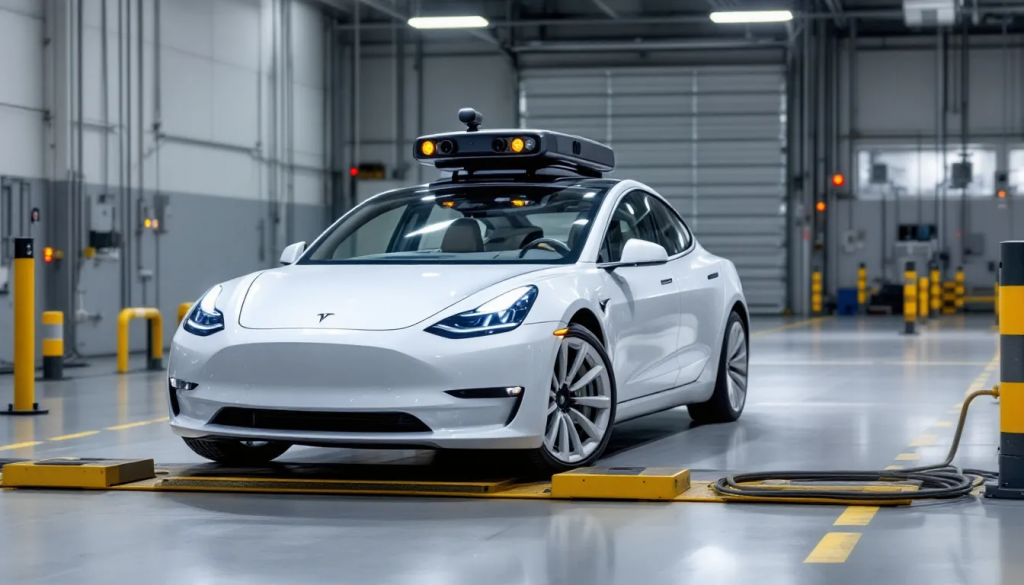
FAQ
Why do Tesla drivers have more accidents than other luxury car owners?
Tesla drivers experience higher accident rates due to brand perception encouraging overconfidence, aggressive performance-oriented driving culture, and overreliance on semi-autonomous systems that require constant human supervision.
How does Tesla’s Autopilot marketing contribute to driver overconfidence?
Marketing terms like “Autopilot” and “Full Self-Driving” suggest autonomous capabilities that exceed actual system performance, leading drivers to reduce attention levels inappropriate for Level 2 automation requiring constant monitoring.
Are Tesla vehicles actually less safe than traditional cars?
Tesla vehicles achieve high crash test ratings but show elevated real-world accident rates due to driver behavior factors rather than structural safety deficiencies, indicating complex interactions between technology and human psychology.
What legal liability exists when Tesla’s driver assistance fails?
Legal liability remains primarily with drivers under current regulations, though ongoing lawsuits challenge whether Tesla’s marketing creates conditions contributing to crashes through misleading capability claims.
How can Tesla drivers reduce their accident risk?
Tesla drivers can reduce risk by maintaining constant attention during Autopilot use, avoiding performance driving on public roads, understanding system limitations clearly, and treating driver assistance as backup rather than replacement technology.
